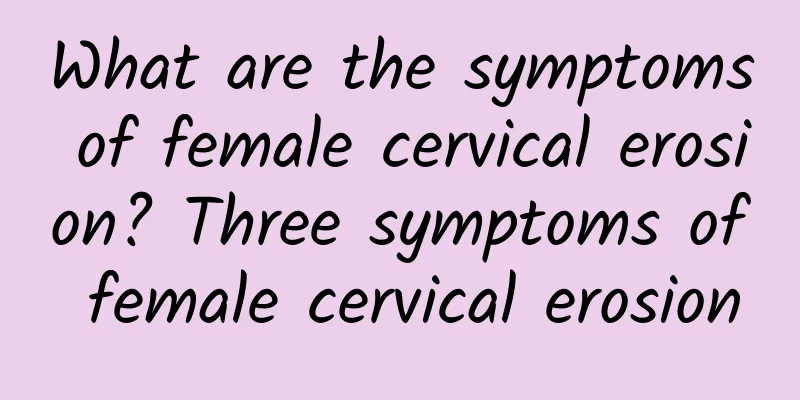Can I still get pregnant with uterine fibroids?

|
Women with uterine fibroids can still become pregnant and have children in most cases, but they need to be evaluated and managed individually based on the size, location, and symptoms of the fibroids. Treatment options include medication, surgery, and lifestyle adjustments to ensure a safe pregnancy. 1. Drug treatment: For patients with mild uterine fibroids, doctors may recommend drugs to control the growth of fibroids and relieve symptoms. Commonly used drugs include gonadotropin-releasing hormone agonists (GnRHagonists), which shrink fibroids by reducing estrogen levels; non-steroidal anti-inflammatory drugs (NSAIDs) for pain relief; oral contraceptives can regulate the menstrual cycle and reduce bleeding. Drug treatment is usually suitable for patients with small fibroids and no severe symptoms as a transitional solution before surgery. 2. Surgical treatment: For patients with larger fibroids or severe symptoms, surgical treatment may be necessary. Common surgical methods include myomectomy, which is to remove the fibroids through laparoscopy or laparotomy and preserve the uterus; uterine artery embolization (UAE), which shrinks the fibroids by blocking their blood supply; and hysterectomy, which is performed when the fibroids seriously affect the quality of life or when the uterus cannot be preserved. The choice of surgical method should be determined according to the patient's age, fertility needs and the specific situation of the fibroids. 3. Lifestyle adjustment: Maintaining a good lifestyle is particularly important for patients with uterine fibroids. It is recommended to maintain a healthy weight and avoid obesity, because adipose tissue promotes the production of estrogen, which may stimulate the growth of fibroids; increase dietary fiber intake, such as whole grains, vegetables and fruits, which can help regulate hormone levels; reduce the intake of red meat and high-fat foods, and choose fish rich in omega-3 fatty acids; moderate exercise, such as walking, yoga and swimming, can help improve blood circulation and hormone balance. 4. Regular monitoring and follow-up: Patients with uterine fibroids should undergo a detailed gynecological examination before planning pregnancy, including ultrasound and magnetic resonance imaging (MRI) to assess the size, location and impact of the fibroids on the uterine cavity. Changes in fibroids should be closely monitored during pregnancy, especially when the fibroids are located near the uterine cavity or are larger, which may increase the risk of miscarriage, premature birth and placental abnormalities. The doctor may recommend a myomectomy before pregnancy to increase the success rate of pregnancy. Most patients with uterine fibroids can still successfully become pregnant and give birth through reasonable treatment and lifestyle adjustments. The key lies in early detection, individualized treatment and regular monitoring to ensure a safe and smooth pregnancy process. |
<<: What are the dangers of cervical hypertrophy
>>: What are the causes of moderate cervicitis?
Recommend
What medicine can quickly eliminate pelvic effusion?
Generally, there is no quickest way to eliminate ...
Causes of abdominal pain after abortion
Many patients experience abdominal pain after abo...
If you lose weight too quickly, be careful not to lose muscle and become a puffball
If you want to be thin, healthy and beautiful, it...
Correct method to prevent endometrial tuberculosis
According to statistics from relevant departments...
Wu Qili lost 13 kg by eating only biscuits and tofu
Artists really try every possible means to lose w...
How much harm does a miscarriage do to women? What are the symptoms of a miscarriage?
When pregnancy ends before 20 weeks and the fetus...
Is it okay to be pregnant without any treatment for Bartholin's glanditis?
Can I be pregnant without any treatment for Barth...
Can pelvic peritonitis be cured?
Pelvic peritonitis brings great pain to women, an...
Ovulation bleeding red urine
Ovulation bleeding that causes red urine may be m...
How is pelvic peritonitis transmitted?
Pelvic peritonitis refers to inflammatory lesions...
Can stinky tofu contain vitamin B12 to prevent dementia? The devil hides here...
While strolling around the night market, you may ...
Papaya vs green papaya - the best way to enlarge breasts and lose weight is...
August is the peak season for papayas. Because it...
I haven't had my period yet after taking progesterone
I haven't had my period yet after taking prog...
How much does it cost to treat Bartholinitis?
The key to treatment is early stage. Some patient...
What are the complications of ovarian cysts?
What are the complications of ovarian cysts? The ...









